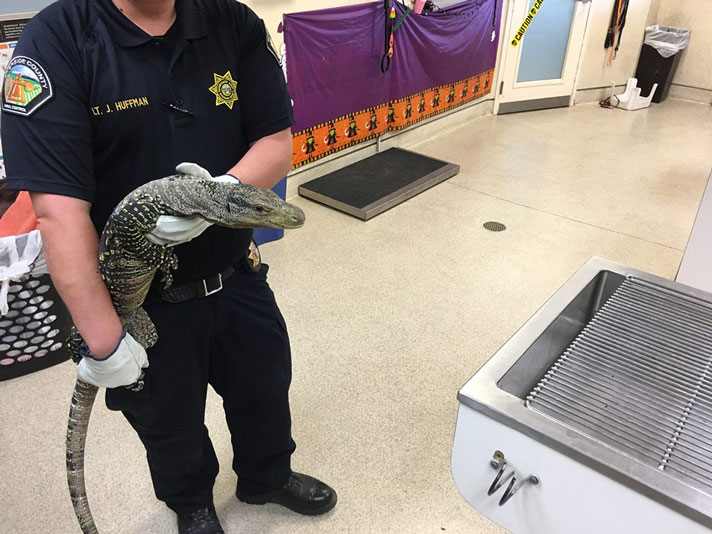Description:
Few people have had experience with these lizards in private collections, or even in zoos. It’s recommended that a very spacious cage be used to accommodate these monitors – currently the longest known lizard species in the world. Two thirds of the crocodile monitor’s length is comprised of a long, slender tail. The other third consists of a muscular and agile framework ideally suited to ascending and descending huge jungle trees. Dagger-like curved claws that aid in climbing make the crocodile monitor extremely difficult to handle without the adequate protection of sturdy gloves that extend to at least elbow length. The crocodile monitor’s sharp teeth are capable of causing severe lacerations if they connect with flesh. This is not an animal to be kept by the timid! An adequate cage must include lots of vertical space with several tree trunks for climbing and exercise. Captive crocodile monitors will feed upon rodents and birds and other vertebrates. The crocodile monitor’s natural habitat normally receives frequent rainfall, so regular artificial rain and/ or a large water bowl is needed to prevent dehydration in this species. For more information, read our detailed crocodile monitor care sheet. .
Habitat:
Jungles
Range:
New Guinea
Scientific Name: Varanus salvadorii
Species Group: monitor
Family: Varanidae
Size: 5 to 7 feet, sometimes reaching well over 10 feet
Level: advanced
Weight:
Dangerous: No



